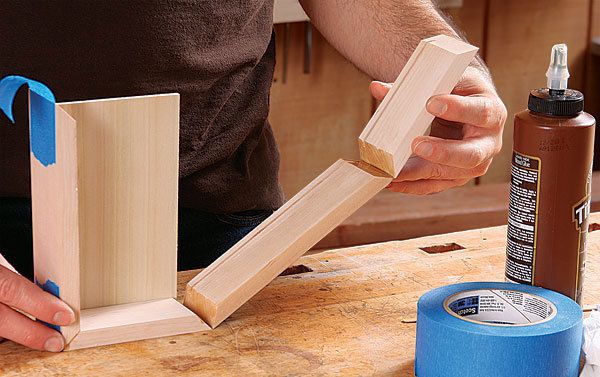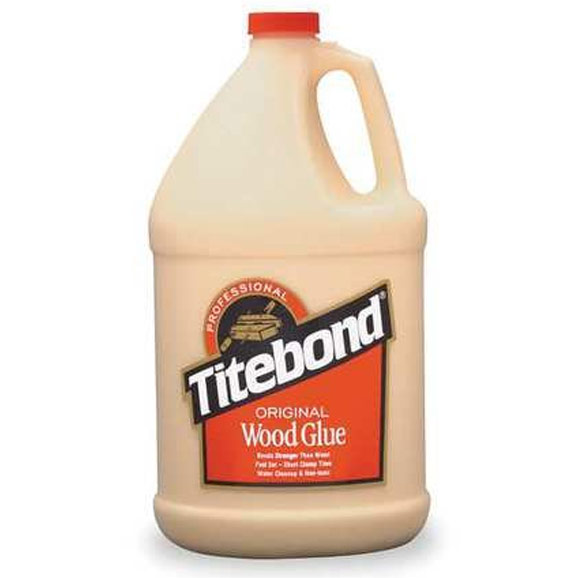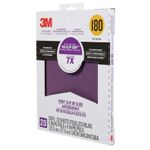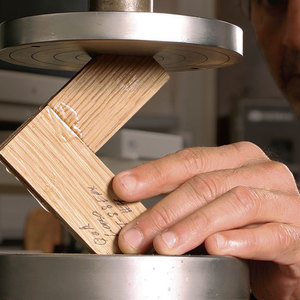Don’t Overlook Liquid Hide Glue
Bottled version is strong and easy to use
Synopsis: It’s been around since ancient Egypt, and for most of that time, working with hide glue meant mixing it yourself and heating it all day to keep it liquified. But since the 1930s, we’ve had the option of using bottled hide glue that stays liquid at room temperature. Liquid hide glue offers several other advantages for beginner and veteran alike, helping to reduce the stress of assembly and finishing while matching more modern glues for strength.
Like an Indiana Jones adventure, the recorded history of hide glue begins in an ancient tomb. Deep inside Egypt’s Valley of the Kings burial complex, archaeologists early last century unearthed wall art depicting tradesmen cooking the glue and using it to apply veneer. This, along with furniture found inside the funeral chambers, confirms that hide glue has been in use for thousands of years.
For most of that time, working with hide glue meant mixing it yourself and heating it all day to keep it liquified. But since the 1930s, we’ve had the option of using bottled hide glue that stays liquid at room temperature. Liquid hide glue offers several other advantages for beginner and veteran alike, helping to reduce the stress of assembly and finishing while matching more modern glues for strength. Liquid hide glue doesn’t promise the adventure of an archaeological discovery, but— honestly—who wants assembly to be an adventure?
Strong, stress-free glue-ups
Before we go any further, a little myth-busting: Hide glue is plenty strong. A 2007 FWW test (How Strong is Your Glue?, FWW #192) found liquid hide glue to be only slightly weaker than more commonly used yellow PVA glue, with both being much stronger than the wood itself. More recently, the folks at Franklin International (makers of Titebond) told me their liquid hide glue equals their yellow glue in strength and outperforms their white glue.
So, how is liquid hide glue different? For starters, it stays workable longer after you apply it. This extended “open time” can be a lifesaver, giving you 20 minutes or more to realign parts and fully seat joints before the glue locks everything in place. You can check that aprons are flush with the tops of table legs, that edge-glued boards are lined up, that drawers are square. And you can breathe normally while doing so. The flipside is that your assembly will be in clamps longer (I allow at least an hour), but that’s a small price to pay for peace of mind.
From Fine Woodworking #228
For the full article, download the PDF below:
Fine Woodworking Recommended Products

Diablo ‘SandNet’ Sanding Discs

Titebond I

3M Pro Grade Sandpaper






















Log in or create an account to post a comment.
Sign up Log in